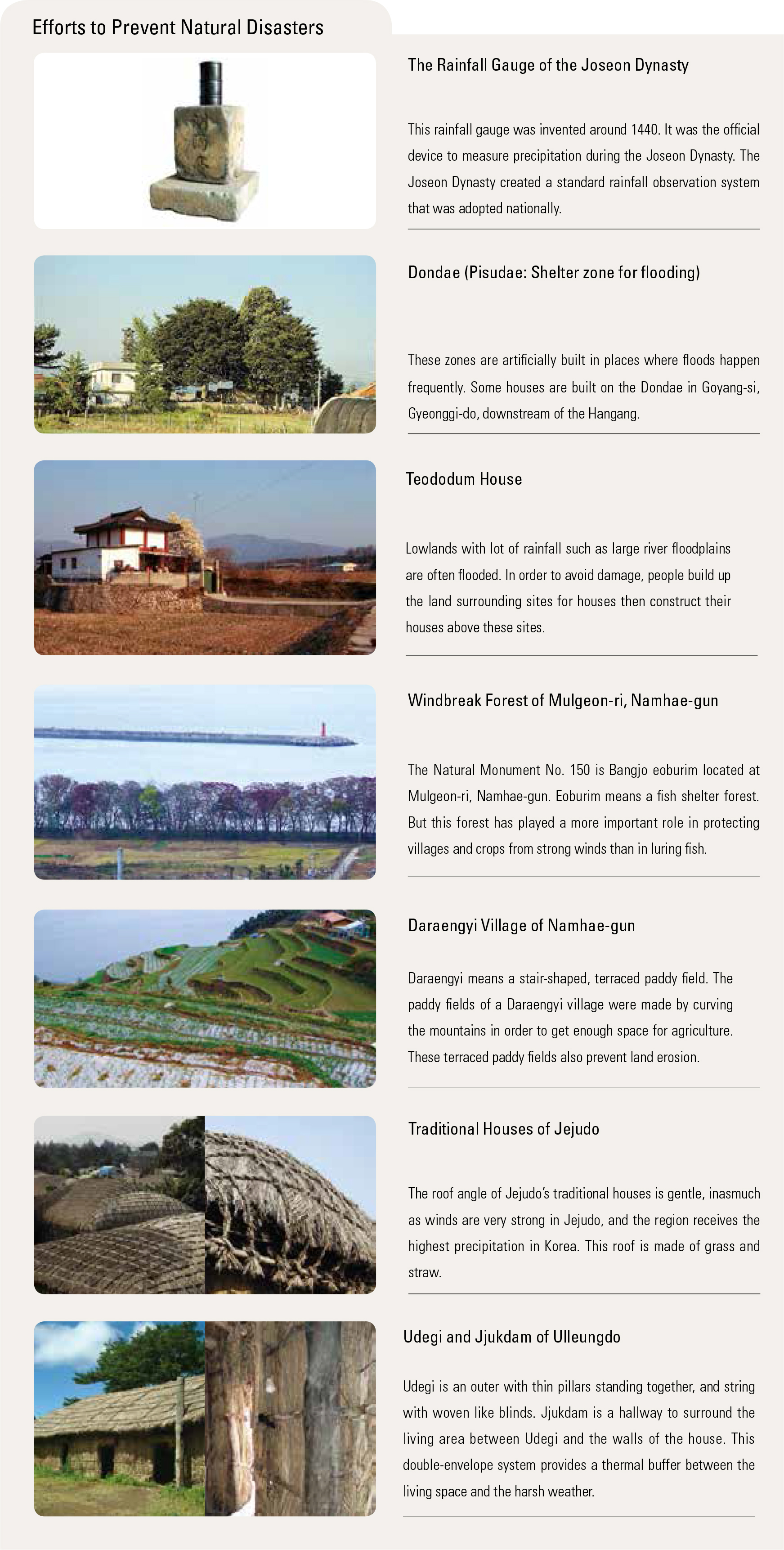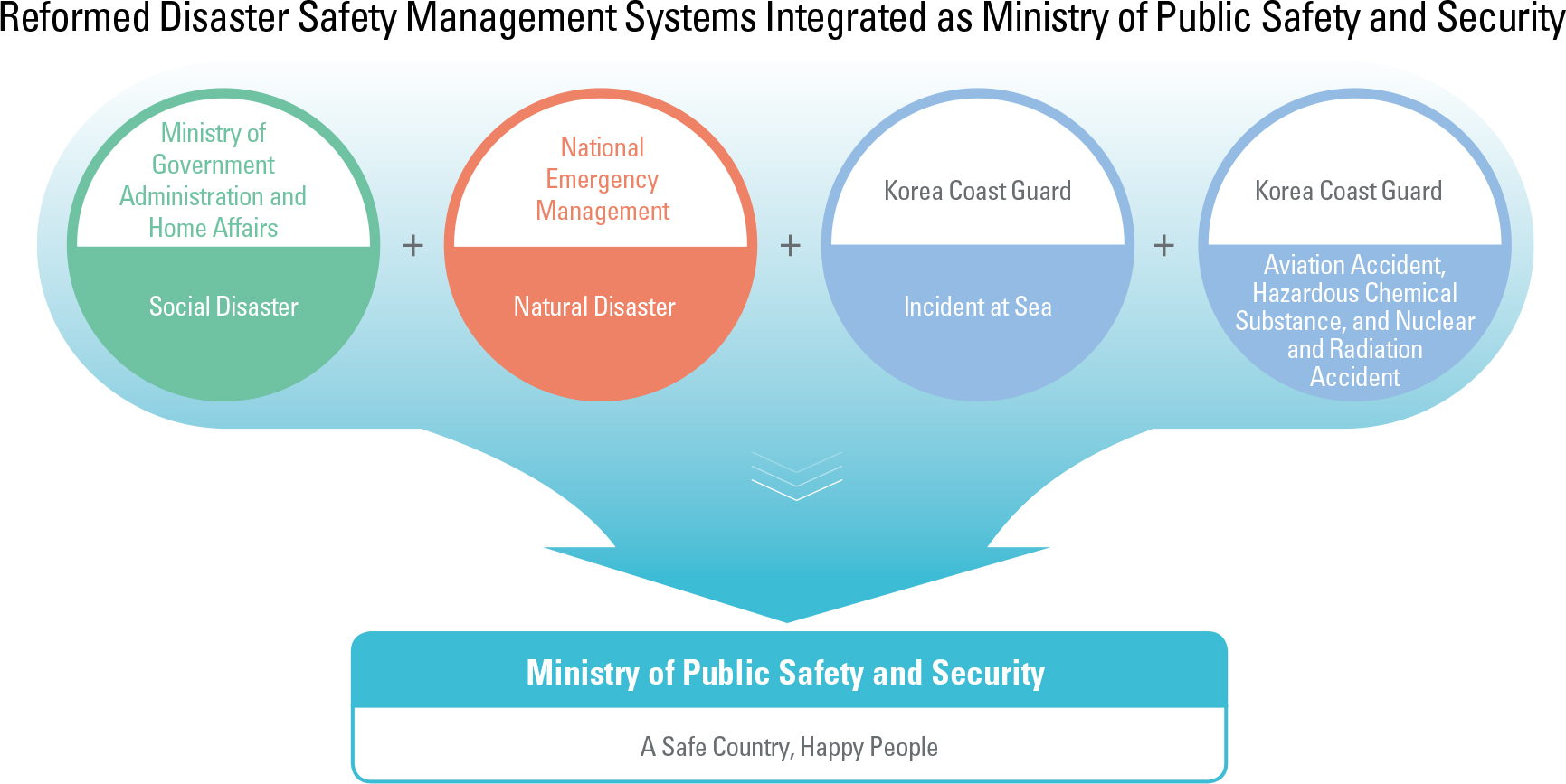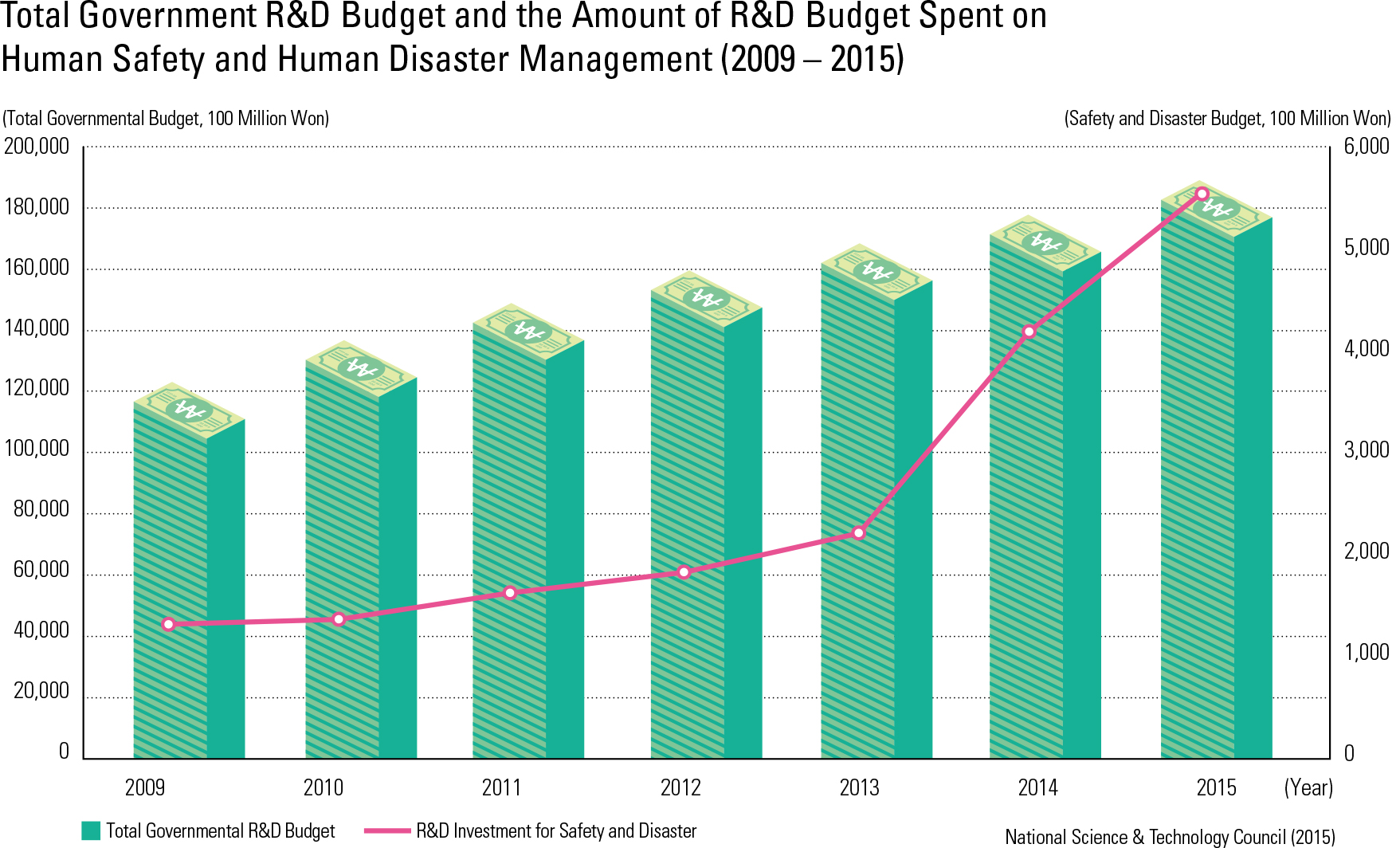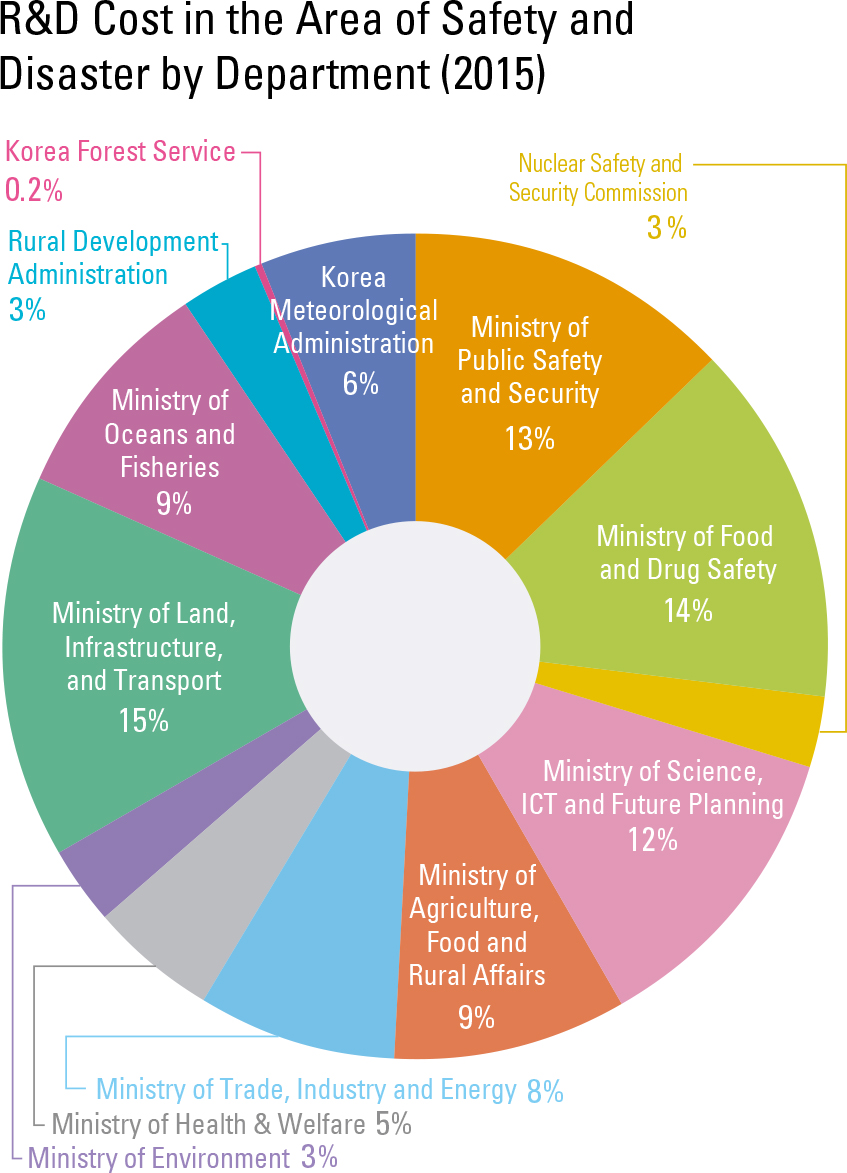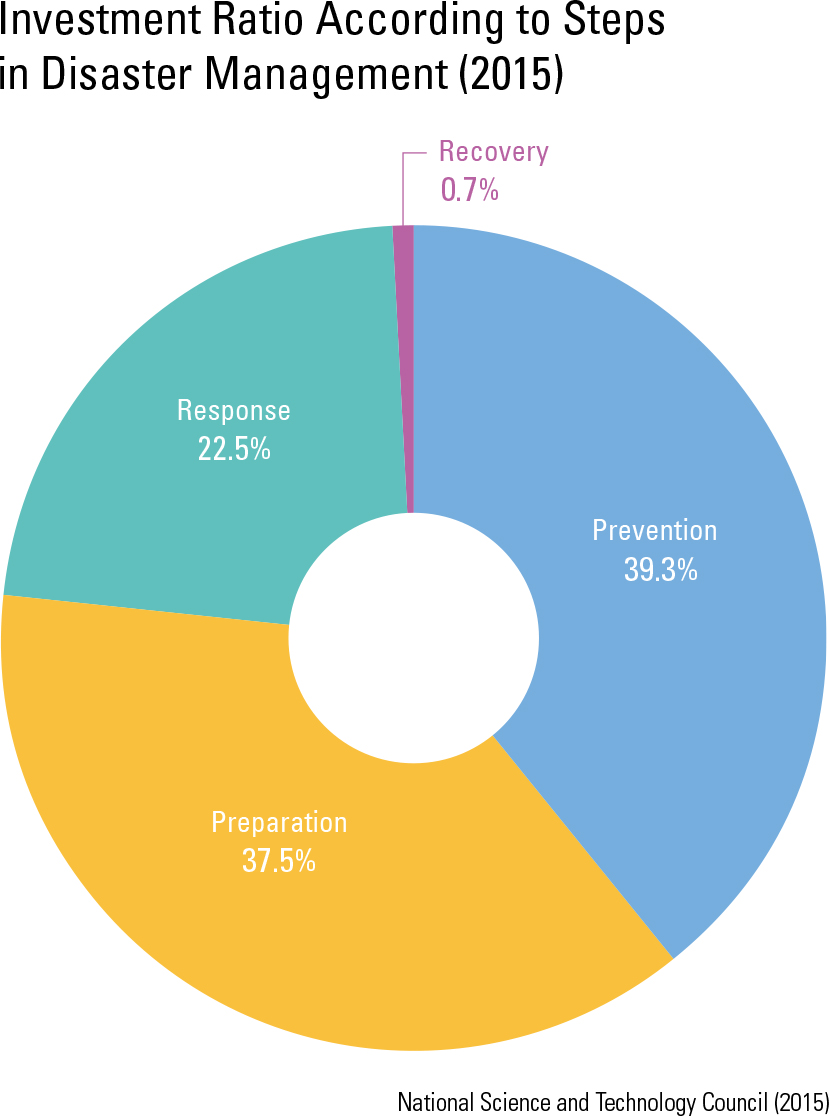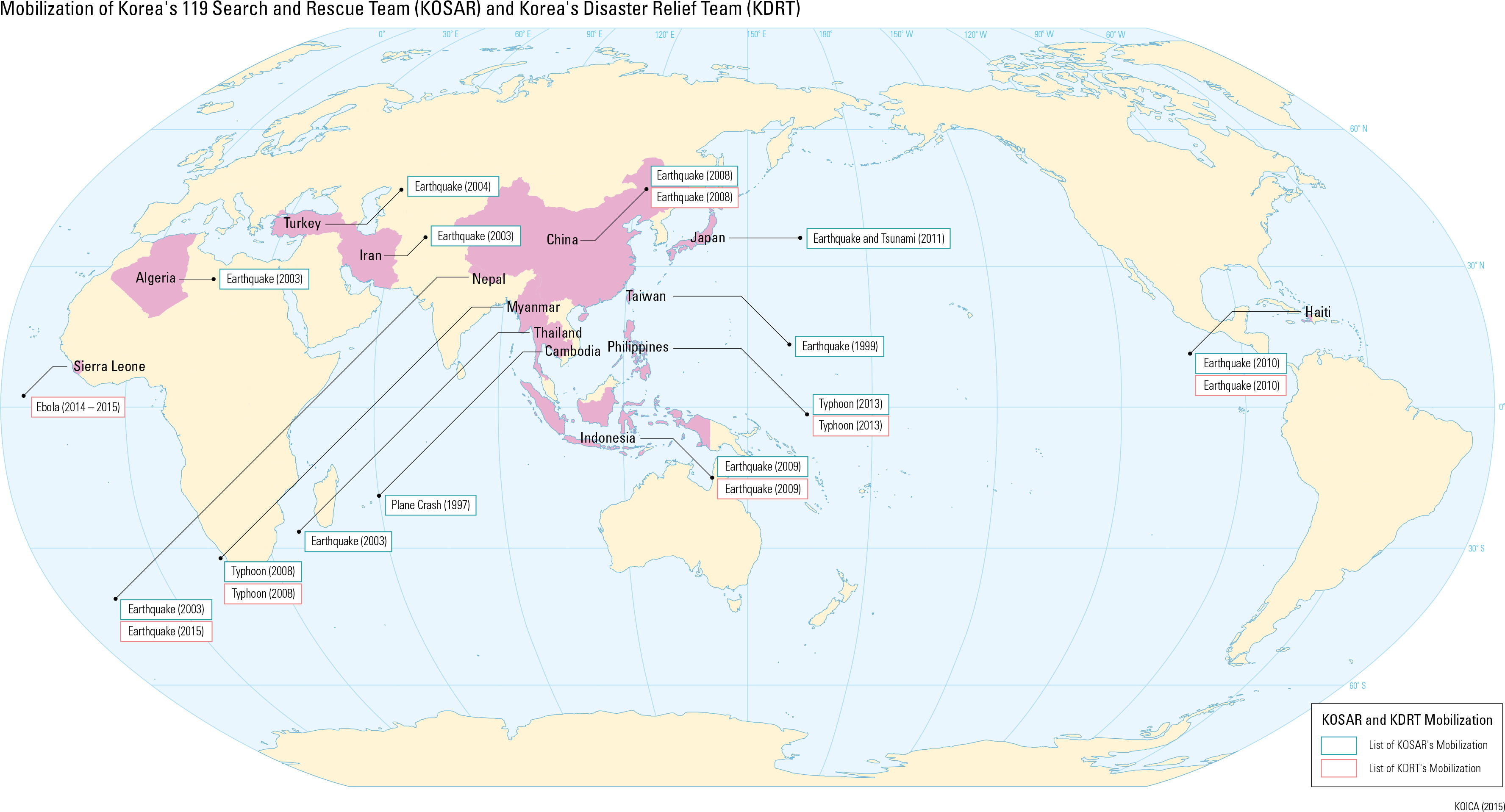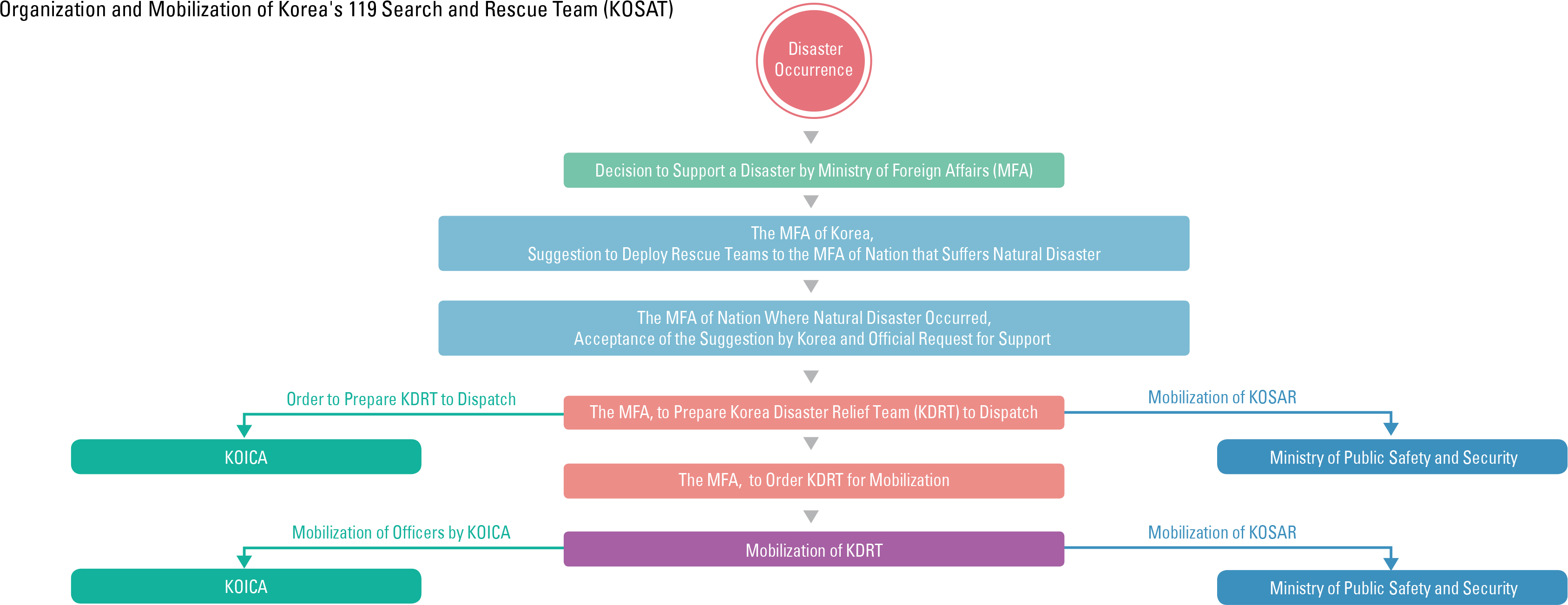English II
Korean invented the world's rst rainfall gauge, recorded weather and natural disasters, and cre- ated unique dynamics. According to historical records, natural disasters occurred 40,000 times in Korea from the Three Kingdoms period to the end of the Joseon Dynasty. These natural disasters were inevitable. However, people have tried to manage these kinds of disasters by strengthening prediction, prevention, and preparedness. irrigation projects, and used charms or incanta- tions to overcome nature’s challenges, reduce damage from droughts and oods, and bring good harvests. Since the Agricultural Age, agricultural productivity has been in uenced by droughts and floods constantly. When floods occurred during the Three Kingdoms period, they have described in detail by recording Daesu (big water) and Daewu (big rainfall). There were about 40 events including DaeSu, Daewu, and rainfalls causing
In ancient times, Korean ancestors conducted water-related damages according to Samgug sagi (the History of the Three Kingdoms). Records of natural disasters from the Three Kingdoms history focused on the capital. Even though the historical disaster records from the Goryeo Dynasty focused on the capital as well, there were more records about natural disasters than from the Three King- doms period. Thus, the central government imple- mented strong policies to mitigate damage caused by natural disasters during the Goryeo Dynasty. During the Joseon Dynasty, both the Seungjeong- won ilgi (the Diaries of the Royal Secretariat) and the Annals of the Joseon Dynasty recorded oods occurred in Seoul for 450 years. In addition, wa- ter levels of the Hangang and streams in Seoul appear in the record that is related to ritual cer- emonies for rain and sun held during the Joseon Dynasty. According to these records, there were 176 oods around Seoul in this period.
page_2 |
